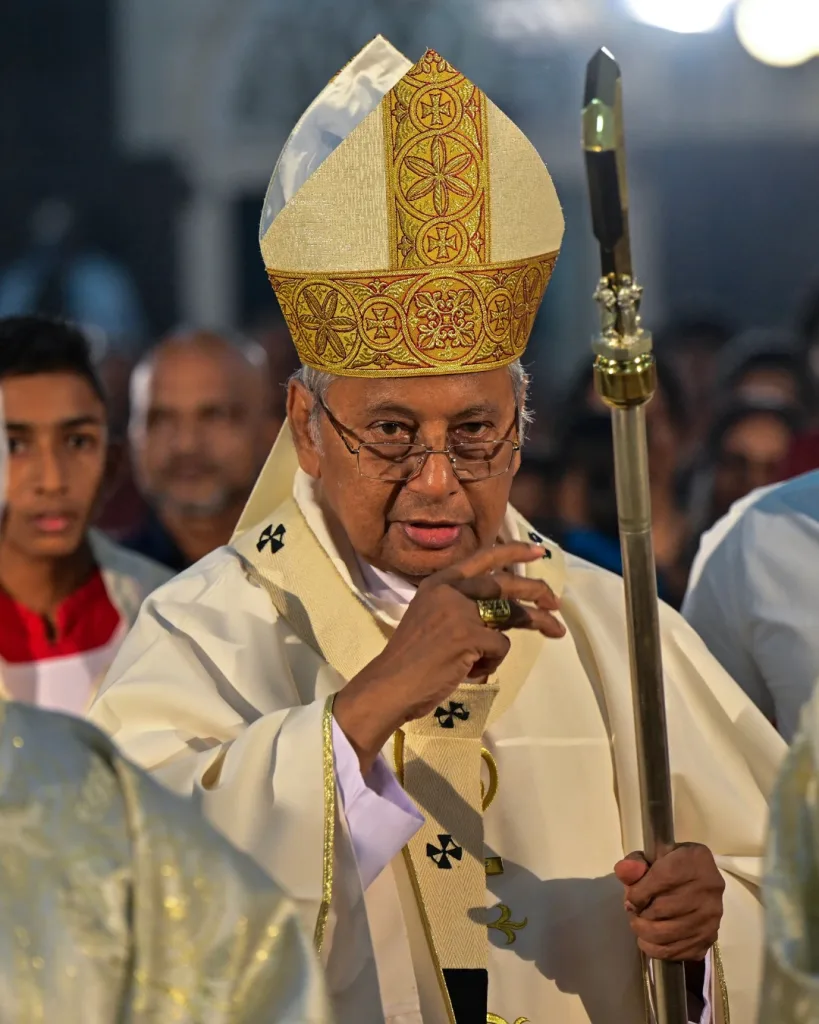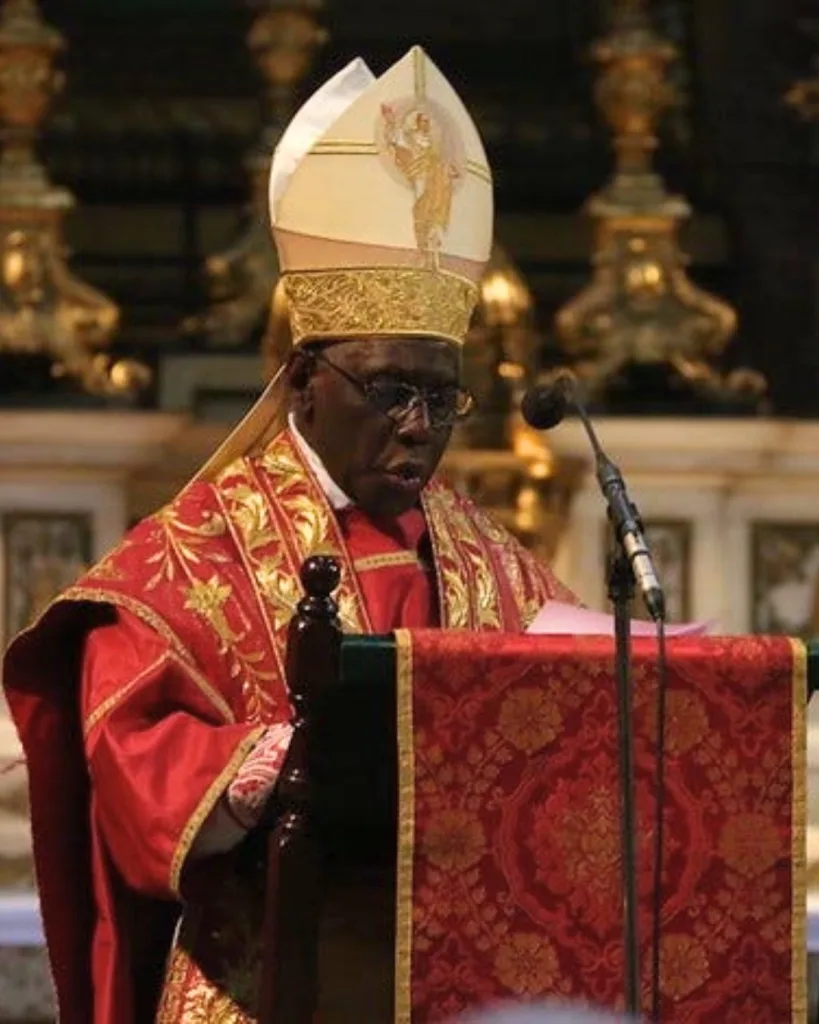Who Could Be the Next Pope After Pope Francis?
With the recent Pope Francis death announcement, attention has now shifted to the Vatican as the conclave prepares to elect the next pope. Cardinals from around the world will gather in Vatican City to choose a new leader for the global Catholic Church. Here are some of the top contenders being discussed in pope news worldwide:
1. Cardinal Luis Antonio Tagle (67) — The Charismatic Bridge-Builder 🇵🇭

Hailing from the Philippines, Cardinal Tagle is known for his dynamic communication style and ability to connect across cultures. A passionate advocate for the poor—much like Pope Francis—he’s considered a progressive voice and a symbol of the growing influence of the Church in Asia.
2. Cardinal Pietro Parolin (70) — The Diplomatic Veteran 🇮🇹

Currently the Vatican Secretary of State, Cardinal Parolin has long been the Church’s top diplomat. He has played key roles in international negotiations and holds considerable experience within the Vatican administration. Many see him as a continuity candidate after the pope death.
3. Cardinal Jean-Marc Aveline (66) — The Scholar of the Margins 🇫🇷

Cardinal Aveline is a theologian and interfaith dialogue advocate. His focus on inclusivity and outreach to marginalized groups aligns with papa Francisco’s mission. He brings a strong European voice with modern sensibilities to the table.
4. Cardinal Willem Eijk (71) — The Doctrinal Defender 🇳🇱

Known for his firm conservative stance, Cardinal Eijk is a defender of traditional Catholic teachings. While he contrasts sharply with many of Pope Francis’s reforms, his election could signal a return to doctrinal clarity, appealing to more traditional Catholics.
5. Cardinal Malcolm Ranjith (77) — The Steady Shepherd of Sri Lanka 🇱🇰

From Sri Lanka, Cardinal Ranjith has served the Church with steadfast leadership. He combines traditional values with a calm, administrative approach, and his decades of experience make him a respected senior figure within the College of Cardinals.
6. Cardinal Robert Sarah (79) — The Voice of Tradition 🇬🇳

From Guinea, Cardinal Sarah is widely respected for his deep spirituality and commitment to liturgical tradition. Often critical of modern changes, he appeals strongly to conservative Catholics worldwide and remains a prominent contender despite his age.
What’s Next in Vatican News?
As the conclave prepares to begin, millions are asking, “Is the pope dead?”, “When did Pope Francis die?”, and “Who is the new pope?” While the world mourns the pope death, it also watches closely as the Church begins a new chapter.




